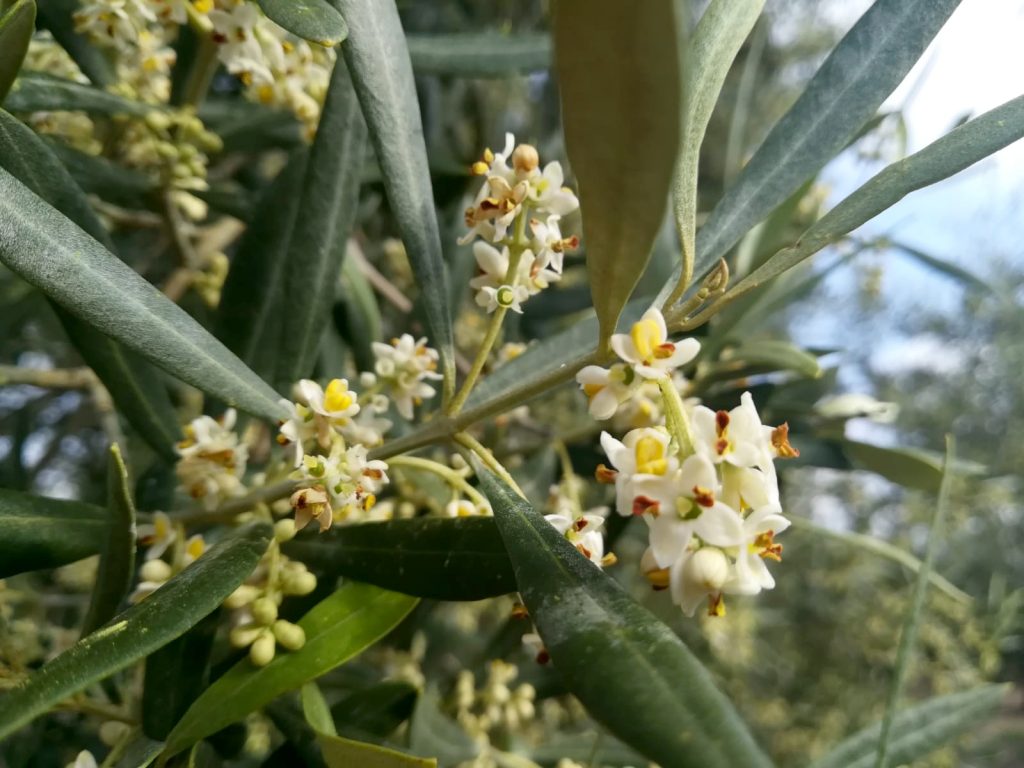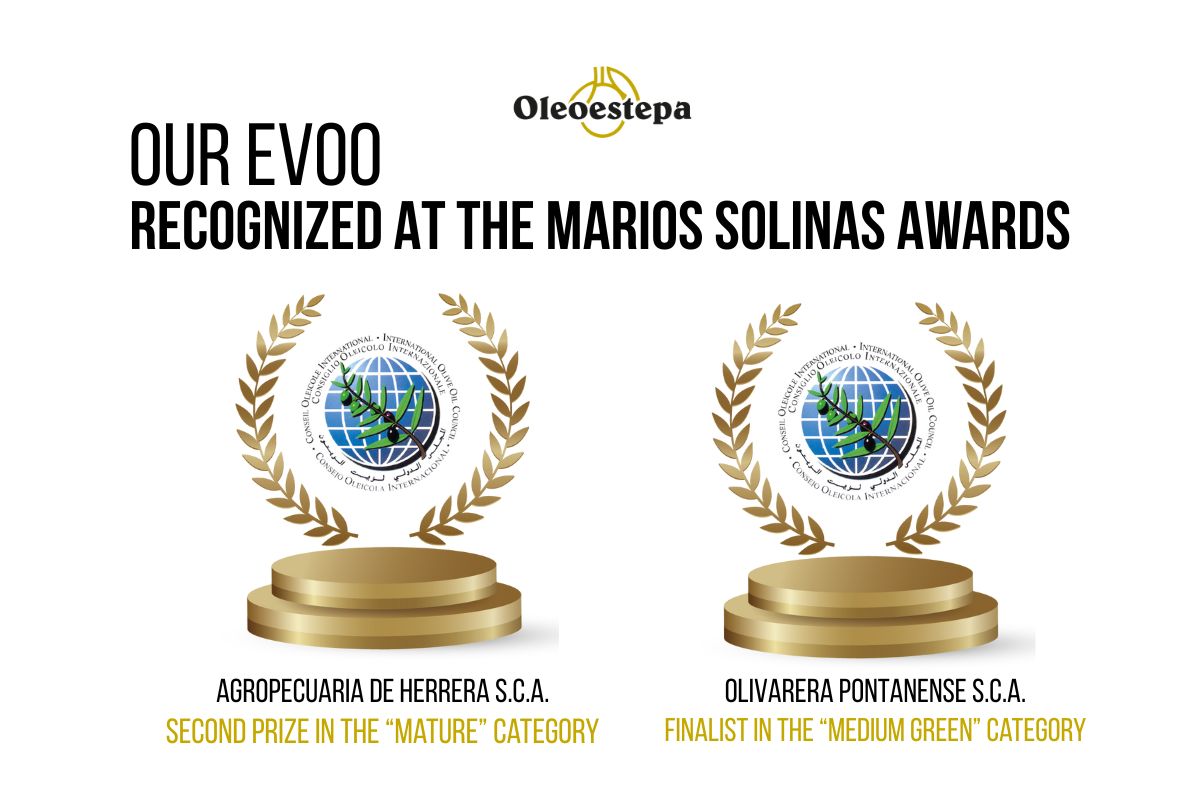Olive (Olea) seed germination is a process in which the seed absorbs water and begins to develop a root and a leaf. This occurs when the seed is exposed to suitable environmental conditions, such as temperature, humidity and light.
WHEN IS THE BEST TIME FOR PLANTING?
The best time to plant olive trees depends on the geographical area where the planting is to take place. In the north of Spain, for example, the best time to plant olive trees is between March and April. In the south, the best time to plant olive trees is between September and October. In areas with warmer climates, such as the Mediterranean, olive trees can be planted all year round.
WHAT SHOULD THE SOIL BE LIKE?
The land for olive trees should be well located, at an altitude of no less than 500 metres, with good exposure to the sun and a good level of humidity. It should be free of weeds, with good drainage and good soil quality. The soil must be deep and sufficiently resistant to withstand cycles of drought and excess water. In addition, the soil should be protected from strong winds and have a good water supply for irrigation, either from an aquifer or from a water source such as a dam or river. Good soil preparation prior to planting is also very important. This includes removing weeds, thinning the soil to improve water absorption, and incorporating nutrients and compost into the soil.
WHAT IS THE RIGHT TEMPERATURE?
The optimum temperature for planting olive trees is between 10°C and 25°C. These temperatures are adequate to keep the trees healthy and allow them to thrive. The ideal temperature for most varieties of olive trees is around 20°C. If temperatures extend for too long below 10°C, the trees will begin to suffer.
GERMINATION PROCESS
Seed drying: Seed drying is necessary to allow the germination process to take place. This is done by leaving the seed at room temperature for a few days to allow it to lose some of its water.
Seed hydration: Once dried, the seed must be hydrated to start the germination process. This can be done by soaking the seed in water for a few hours until it softens.
Sowing: Once the seed has been hydrated, it is ready for planting. This is done by placing the seed in a pot or planting box and covering it with soil or compost.
Temperature and light regulation: It is important to keep the temperature and light at a suitable level for the germination process to take place. The optimum temperature for olive tree germination is between 18-21°C. Light is also important for the seed to germinate, so it is advisable to keep the seed exposed to indirect light.
Watering: Watering is essential to ensure that the soil is moist so that the seed will germinate. Watering should be frequent, but not excessive, to avoid waterlogging.
Germination: Once all conditions are in place, the seed should germinate within a few days. When germinated, the seed will produce a small plant with green leaves. The germination process is complete and the plant is ready to be transplanted to its final location.
WHEN DOES THE OLIVE TREE FLOWER?
The flowering of the olive tree usually takes place during the months of April and May. This flowering is characterised by the appearance of numerous small, aromatic, white flowers, which are grouped in inflorescences. These flowers produce a sweet, aromatic nectar that attracts bees to carry out the pollination process. Once the flowering has passed, the fruits of the olive tree will begin to ripen, leading to the production of oil.




